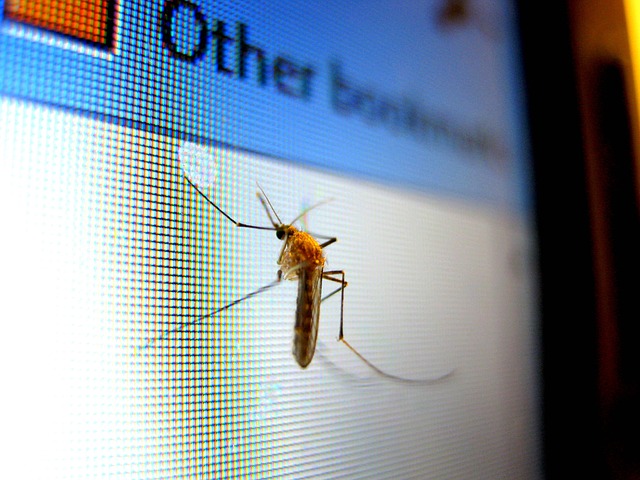Pest infestations from rodents, ants, and cockroaches require tailored bed bug treatment options due to their distinct behaviors. Rodents infiltrate for food and shelter, ants operate in organized colonies, and cockroaches thrive in dark, moist areas. Professionals implement targeted strategies based on these vulnerabilities, using methods like heat treatments, chemical insecticides, and baiting systems. Preventive measures such as regular inspections and sanitation are crucial for maintaining a pest-free environment, with post-treatment care including monitoring and clean spaces to prevent recurrences.
In the realm of pest control, specialized treatments are crucial for effectively managing infestations from rodents, ants, and cockroaches—common household intruders. This comprehensive guide delves into the unique behaviors and challenges associated with each pest. From understanding their intricate life cycles to exploring specialized treatments, we offer a detailed overview. Furthermore, this article illuminates bed bug treatment options, preventive measures, and post-treatment care, equipping folks with the knowledge needed for a pest-free environment.
Understanding Rodent, Ant, and Cockroach Infestations: Common Pests and Their Behavior
Rodent, ant, and cockroach infestations are common pest problems that require specialized treatments to effectively manage and eradicate. Understanding these pests’ behavior is crucial when it comes to choosing the right bed bug treatment options. Each species has unique habits and traits that influence their interaction with humans and their environments.
Rodents, such as rats and mice, are known for their agility and ability to find hidden spaces. They often enter homes seeking food and shelter, causing damage along the way. Ants, on the other hand, live in organized colonies with a queen and workers, making them highly efficient at finding and transporting food sources. Cockroaches are resilient insects that can survive in various conditions, thriving in dark, moist areas. Their rapid reproduction and ability to adapt make them challenging to control once established. Knowing these behaviors allows professionals to employ tailored strategies for each type of infestation, ensuring successful bed bug treatment options.
Specialized Treatments for Each Pest: A Comprehensive Overview
When it comes to specialized treatments for rodents, ants, and cockroaches, a one-size-fits-all approach simply won’t do. Each pest has unique characteristics, behaviors, and vulnerabilities that necessitate tailored strategies. For instance, bed bug treatment options require a meticulous understanding of their life cycle and the use of specific insecticides designed to target these tiny bloodsuckers without harming humans or pets.
Ant control measures must address their intricate colony structures and foraging patterns, often involving baiting systems that entice worker ants back to their nests, where powerful pesticides can be deployed effectively. Cockroach extermination, on the other hand, might involve a combination of chemical and non-chemical methods, including targeted sprays, baits, and even biological control agents like nematodes that hunt down and kill cockroaches naturally. This comprehensive overview highlights the importance of professional pest management in addressing these specialized treatments for each distinct pest.
Bed Bug Treatment Options: Unique Challenges and Effective Solutions
Bed bugs are persistent pests that pose unique challenges for extermination, requiring specialized treatments. Unlike many other insects, bed bugs are highly adaptable and can survive for extended periods without feeding, making them particularly hard to eradicate. Their small size also allows them to hide in intricate cracks and crevices, making traditional pest control methods less effective.
Effective bed bug treatment options involve a combination of strategies tailored to their behavior and habitat. Heat treatments, for instance, utilize high temperatures to kill bed bugs and their eggs, as these insects are sensitive to heat. Chemical interventions, including professional-grade insecticides, must be applied carefully and precisely to targeted areas. Additionally, specialized equipment like vacuum cleaners with special attachments can help remove adult bugs, nymphs, and eggs from hard-to-reach surfaces. Integrated Pest Management (IPM) approaches that combine these methods offer the most comprehensive and effective solutions for bed bug treatment options.
Preventive Measures and Post-Treatment Care for a Pest-Free Environment
Preventive measures are key in maintaining a pest-free environment. Regular inspections and proper sanitation practices can significantly reduce the risk of infestation. This includes eliminating potential food sources, sealing entry points, and maintaining good hygiene standards. For instance, bed bug treatment options often involve a combination of chemical and non-chemical strategies. Chemical treatments like insecticides are applied to targeted areas, while non-chemical methods focus on heat or cold therapy, vacuum cleaning, and encasement of mattresses.
Post-treatment care is equally important. After implementing pest control measures, it’s crucial to monitor the environment closely for any signs of remaining pests. This may involve repeat applications or using monitoring devices to ensure complete eradication. Additionally, maintaining a clean and tidy space, regular laundry practices, and proper storage of items can deter pests from returning. Such comprehensive care ensures not only the elimination of current infestations but also prevents future recurrences, creating a healthier and more comfortable living or working space.
In addressing these common pest issues, understanding specialized treatments like those tailored for rodents, ants, and cockroaches is key. Each species presents unique challenges, necessitating distinct strategies. For instance, bed bug treatment options require a multifaceted approach due to their resilience. By combining effective solutions, preventive measures, and post-treatment care, we can create and maintain a pest-free environment. Remember that proactive measures are just as vital as reactive treatments in the ongoing battle against these intruders.
